THIS CONTENT IS BROUGHT TO YOU BY NIBIO - Norwegian Institute of Bioeconomy Research - read more
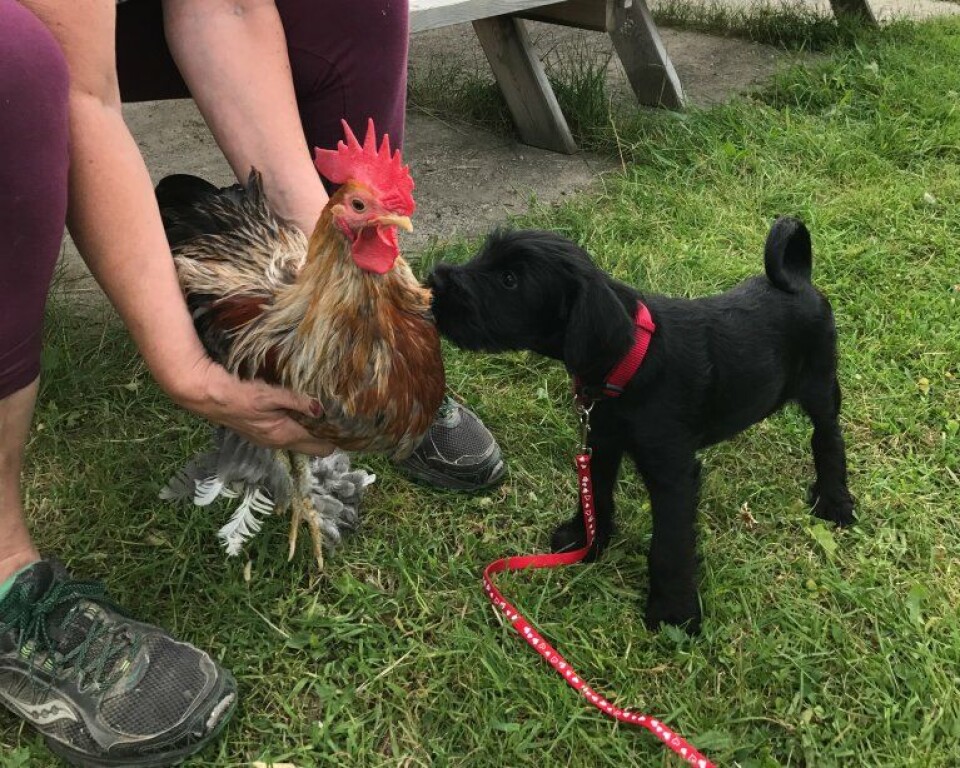
How animals learn: Even a chicken is teachable with the right motivation
It's actually possible to teach our furry friends some basic manners.
Grete H. M. Jørgensen, a researcher at NIBIO - Norwegian Institute of Bioeconomy Research, believes there is hope for all pet owners if you simply take the time to understand some basic learning theory.
She is an ethologist and an expert on how animals behave in their natural habitats. Jørgensen has researched the behaviour of farm animals, such as horses and sheep.
“It's fascinating how all animals are receptive to learning. Even a chicken is teachable with the right motivation,” Jørgensen says.
We humans are often motivated by very complex goals with long-term perspectives. Fortunately, our animals are a bit more impulsive.
But how do we get them to do what we want?
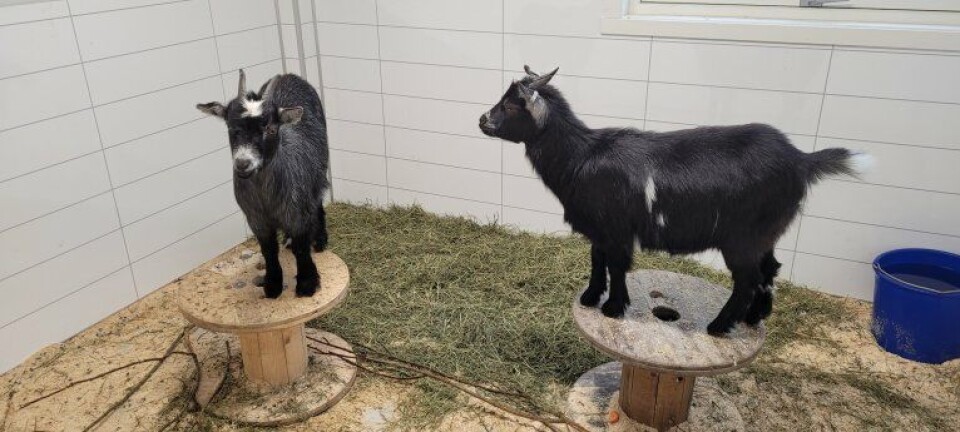
A desire to achieve or to avoid

Have you ever considered when you yourself learn best? Chances are that you learn best when you are interested and motivated. It's the same with our furry friends. Motivation can be described as a desire to achieve something good or to avoid something unpleasant.
“Learning theory is complicated, but one of the most common training methods involves positive and negative reinforcement and punishment,” Jørgensen says.
Simply put, reinforcement is something that increases the likelihood of desired behaviour, while punishment is something that reduces the likelihood of unwanted behaviour. Positive means adding something, and negative means taking something away, the researcher explains.
Lets’s try some examples: Positive punishment is not a good punishment, but an added punishment. It can be a whip when the horse stops or a tug on the leash when the dog barks. Negative punishment is when you take away something your animal wants, such as removing a treat when the dog doesn't sit on command.
Negative reinforcement is when you remove discomfort, such as giving more slack on the leash when the dog stops pulling. Positive reinforcement, on the other hand, is when the dog is rewarded with a treat when it sits down.
But do you know when to practice the different variants?
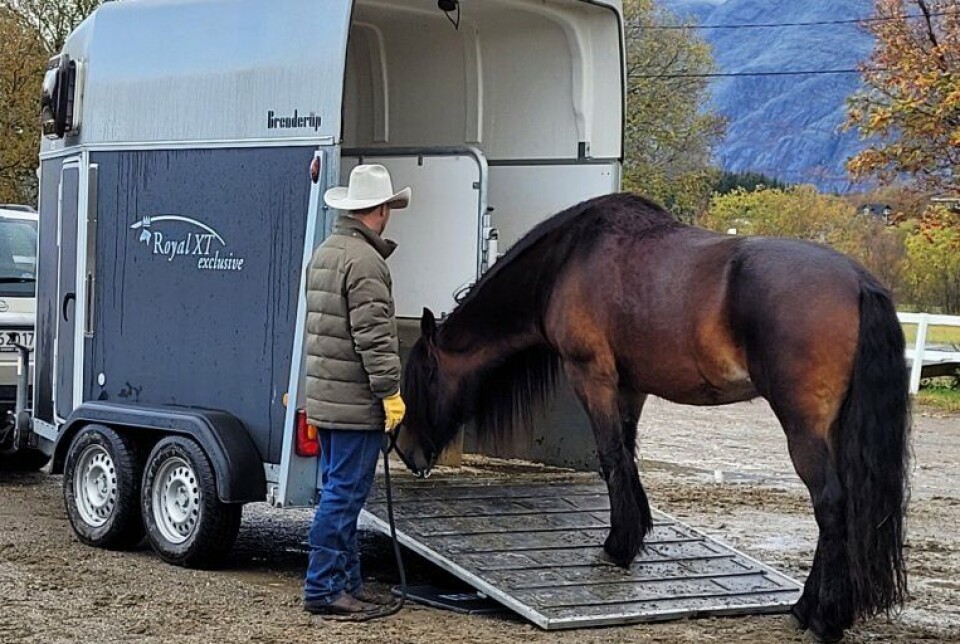
Fear gets in the way of learning
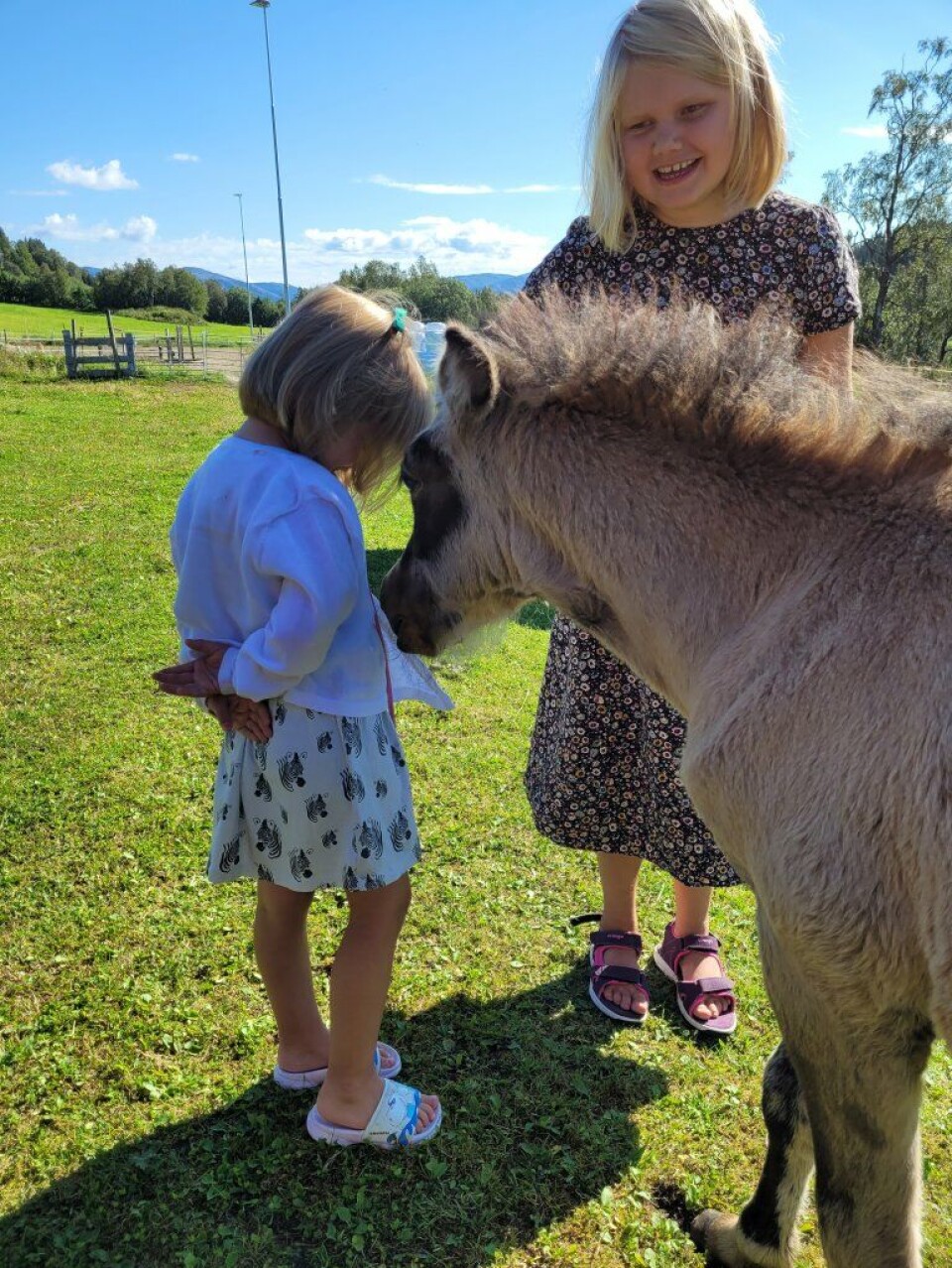
Both humans and animals learn best when we are motivated to make a change, but also relaxed and receptive to new information. This means that we are less likely to learn when we are stressed, scared, or angry. Therefore, Jørgensen encourages caution in the use of positive punishment, especially punishment that leads to pain or threat of pain.
The use of shock collars on dogs is an extreme form of positive punishment. It can make things much worse if used incorrectly, but it is fortunately not so common.
More common is the use of whips and spurs in horse training. Whips and spurs should not be used to inflict pain – only as guidance as an extension of your arm or to give more precise signals. But used incorrectly, they can lead to fear, causing the horse to enter fight-or-flight mode.
“When we use painful punishment, or the treat of painful punishment, we activate the part of the brain associated with fear and self-preservation. The horse produces stress hormones and adrenaline, preparing to fight or run for its life,” Jørgensen says.
“Therefore, utilising positive punishment on a horse showing unwanted behaviour due to fear gets in the way of learning. Most horse owners are familiar with the challenges of loading a horse onto a trailer. If you whip the horse, it won't learn to get on the trailer faster next time. Quite the opposite!”
The only thing that helps a stressed or scared horse is taking the time to build trust and a safe environment. Using positive reinforcement for every inch of progress onto the horse trailer may take a long time, but the result can be enjoyed the next time you take your horse on a road trip.
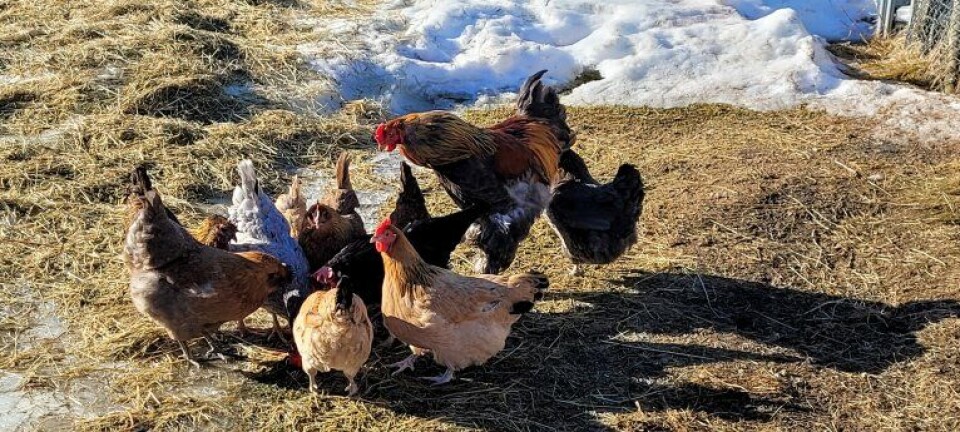
It's okay to make mistakes
Does your dog want to dash out the front door every time it opens?
Try practicing every day that he must sit and look at you before being rewarded with a walk. He will soon learn that the faster he sits, the sooner he gets to go outdoors. You'll have a dog waiting for you, not rushing through the door, and you'll have a more controlled start on your walk.
Training animals is a test of patience. Don't expect too quick results, but give your four-legged friend time to digest what you're asking of it. Remember that every mistake is an opportunity for learning, because we get good at what we practice a lot.
So, a final piece of advice from the researcher:
“Don't be too hard on yourself as a pet owner and trainer. We all make mistakes – I do too. But it's from our mistakes that we learn, and as long as we learn, we can do better next time. If you're stuck with training your pet, there are many skilled trainers who can help. Contact a trainer who understands learning theory and uses methods that you agree with,” advises Jørgensen.
———
Read the Norwegian version of this article at forskning.no

This content is paid for and presented by NIBIO - Norwegian Institute of Bioeconomy Research
This content is created by NIBIO's communication staff, who use this platform to communicate science and share results from research with the public. NIBIO is one of more than 80 owners of ScienceNorway.no. Read more here.
More content from NIBIO:
-
This colourful bird is thriving in Norway
-
Can drone-mounted tree planting replace manual tree planting?
-
Light traps can tell us more about nocturnal moths
-
Climate change and land use threaten Sámi reindeer husbandry
-
Researchers are now going to monitor carbon in forest and grassland soils
-
Nine facts about Norwegian agriculture





































